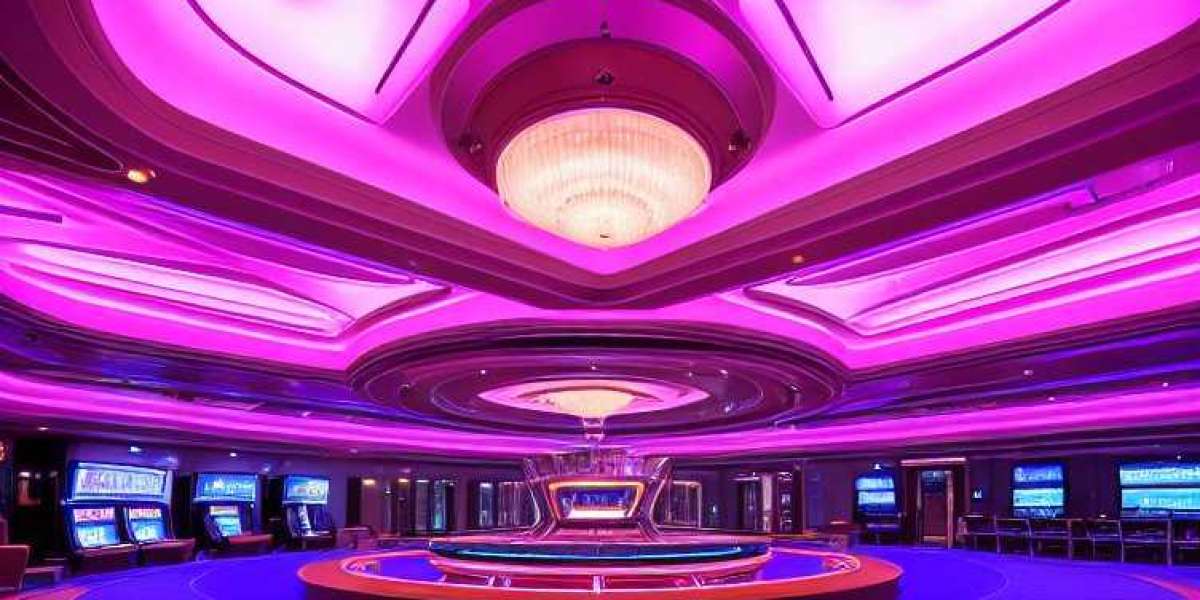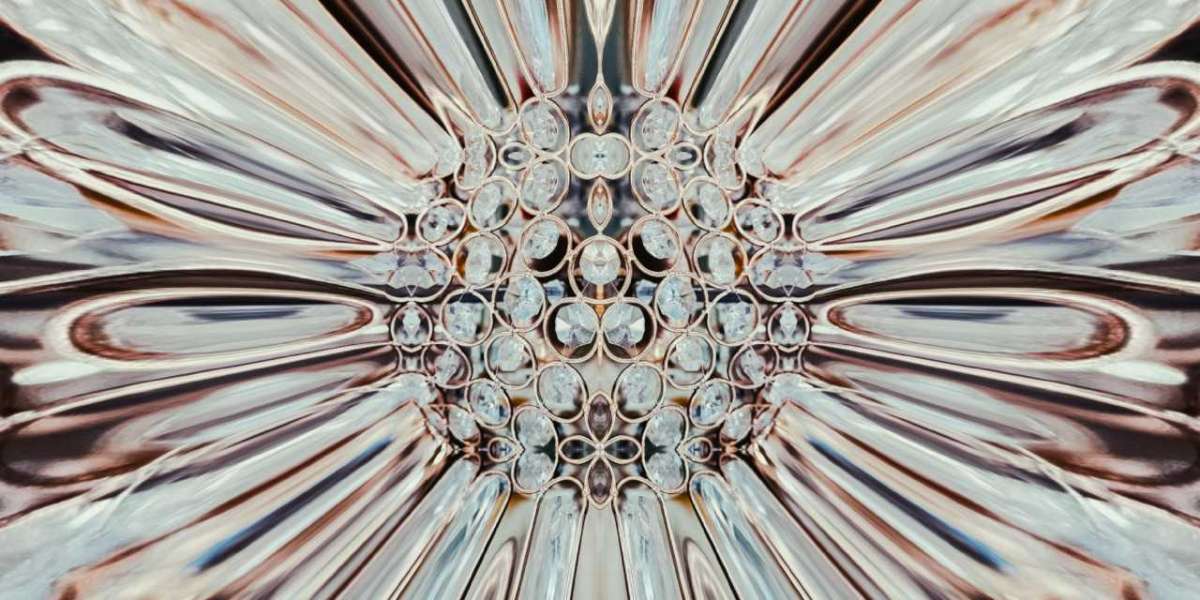The allure of cement-colored landscape features is often understated, yet these elements can transform outdoor spaces into modern, serene, and visually appealing environments. This blog post delves into the aesthetic and functional benefits of incorporating cement-colored features into your landscape design, offering a fresh perspective on this versatile material.
The Aesthetic Appeal of Cement-Colored Elements
Cement-colored landscape features provide a neutral backdrop that enhances the natural beauty of surrounding flora and fauna. The subtle gray tones of cement can create a calming atmosphere, making it an ideal choice for garden paths, patios, and retaining walls. The understated elegance of cement allows it to blend seamlessly with various design styles, from contemporary to rustic.
For instance, a cement-colored pathway winding through a lush garden can create a striking contrast that highlights the vibrant colors of flowers and plants. Similarly, a cement patio can serve as a sophisticated foundation for outdoor furniture, creating a cohesive and inviting space for relaxation and entertainment.
Durability and Low Maintenance
One of the most significant advantages of cement-colored landscape features is their durability. Cement is a robust material that can withstand harsh weather conditions, making it an excellent choice for outdoor applications. Unlike wood or metal, cement does not rot, rust, or warp, ensuring that your landscape features remain in pristine condition for years to come.
Moreover, cement requires minimal maintenance. A simple cleaning with water and mild detergent is usually sufficient to keep cement surfaces looking their best. This low-maintenance aspect makes cement-colored features an attractive option for homeowners who want to enjoy beautiful landscapes without the hassle of frequent upkeep.
Versatility in Design
Cement-colored landscape features offer unparalleled versatility in design. Whether you are looking to create a minimalist Zen garden or a grand outdoor living space, cement can be molded and shaped to fit your vision. From smooth, polished surfaces to textured finishes, the possibilities are endless.
For example, cement can be used to create custom planters that add a modern touch to your garden. These planters can be designed in various shapes and sizes, allowing you to tailor them to your specific needs. Additionally, cement can be used to construct unique water features, such as fountains or ponds, that serve as focal points in your landscape.
Sustainability and Eco-Friendliness
In today's environmentally conscious world, sustainability is a crucial consideration in landscape design. Cement-colored features can contribute to eco-friendly landscaping practices. Cement is a recyclable material, and using it in your landscape can reduce the demand for new raw materials.
Furthermore, cement's thermal mass properties can help regulate temperature in outdoor spaces. By absorbing and slowly releasing heat, cement can create a more comfortable environment, reducing the need for artificial cooling or heating. This energy efficiency can contribute to a more sustainable and cost-effective landscape design.
Conclusion
Exploring the beauty of cement-colored landscape features reveals a world of possibilities for enhancing outdoor spaces. From their aesthetic appeal and durability to their versatility and sustainability, cement-colored elements offer numerous benefits that make them an excellent choice for any landscape design. By incorporating these features into your outdoor space, you can create a modern, serene, and visually appealing environment that stands the test of time.
Whether you are a homeowner looking to revamp your garden or a landscape designer seeking innovative materials, cement-colored features provide a timeless and versatile solution. Embrace the understated elegance of cement and discover the transformative power it can bring to your landscape.







